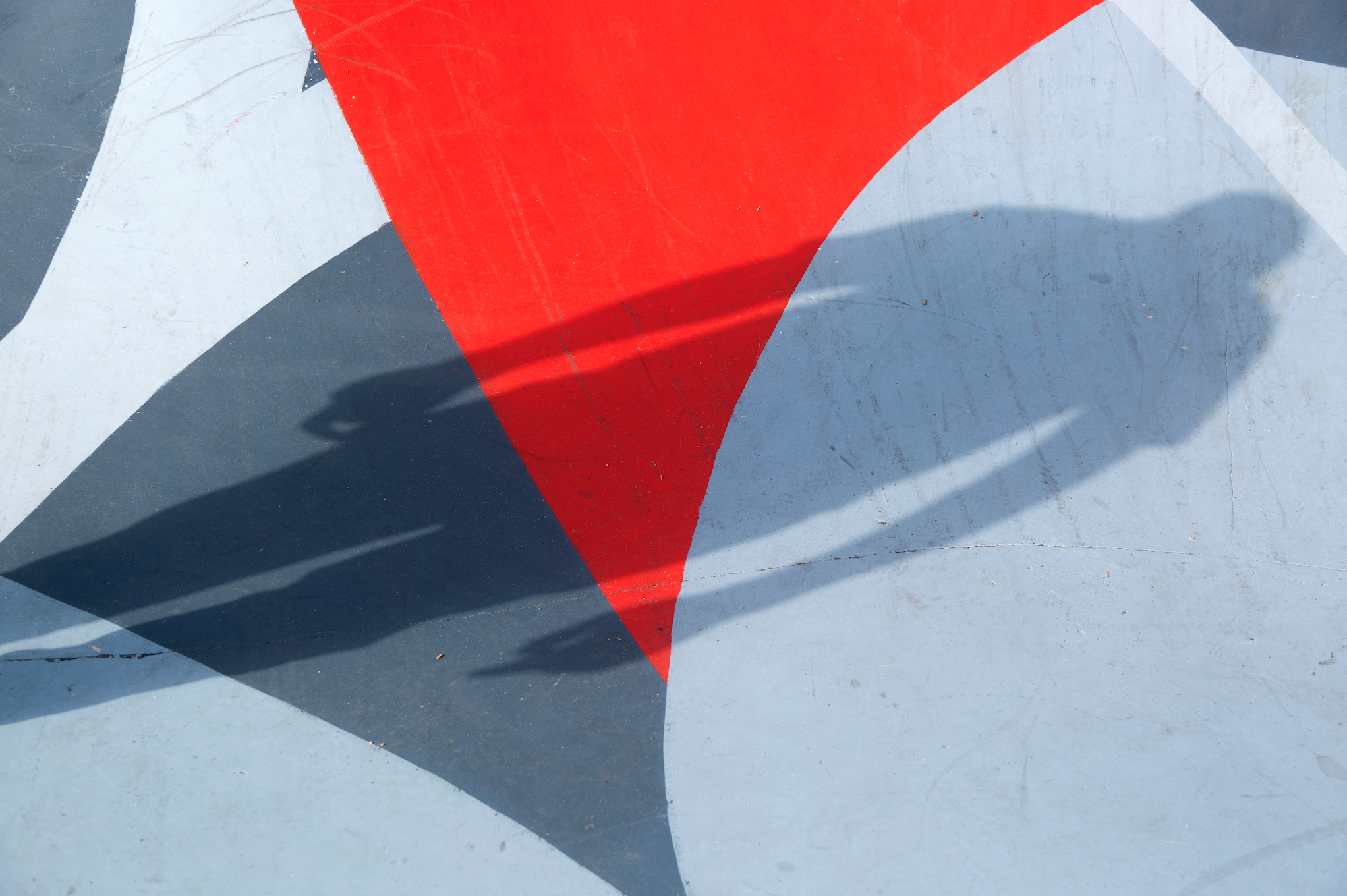James Earley discusses his work in Cork Street’s skatepark

James Earley discusses his work in Cork Street’s skatepark
“I think there’s something very beautiful about the degradation of a public artwork like this piece…”
In late 2017 the ribbon was cut at Dublin’s first new park in eight years. Situated in the storied Dublin 8, Weaver Park was built as part of the Liberties Greening Strategy, an initiative created to establish community areas and to improve current recreational locations.
The park has since been nominated for a European public space prize and has become a go-to for local families and those engaging in sub-culture. While the comment sections on national platforms were littered with the usual ignorant bile about vandalism and antisocial behaviour, the park has become an important place for Dublin’s skate community.
Just a stone’s throw away from the park is the base for another key element of the city’s cultural community, artist James Earley. His studio is located on Cork Street.
While Dublin City Council has been receiving deserved flack of late for ‘greywashing’ the city, they must be given some credit for their recent work with James. Just a couple of months after launching his solo show ‘Things Fall Apart’, he was commissioned to transform the bowls of the skate park. His distinct style is influenced by his family history in stained glass window making, with his large-scale work on the Blooms Hotel in Temple Bar and various other pieces brightening up dozens of Dublin city corners.
We caught up with James to discuss his most recent work and why community is so important for a place like Cork Street, with photography by Ellius Grace for the September Guide.
How did the project on Cork Street come about?
The project came about through Colin Farmer, who has been an active member of the Irish skating scene for many years. He lives on Cork Street and was instrumental in the planning of the skate park, working closely with Dublin City Council to bring the project to fruition. He got in touch earlier in the year and asked me if I would like to put a proposal forward to create an artwork for the space.
It’s very close to your studio, was it nice to work on something in your community?
Yes, creating a work within a space that’s used by so many people has been a very humbling and rewarding experience. I really can’t get over the response to the piece from the community, it has been overwhelmingly positive from everyone I’ve met through the project. I also visit the park regularly with my own two children, so there’ll be an added layer of excitement now when I bring them down.
In a city that’s seeing a lot of redevelopment in areas traditionally known for community, how do we preserve authenticity?
I’m not really sure what the right answer is. Gentrification and rising house prices will always affect initially overlooked inner-city spaces and, unfortunately, it ultimately beats the charm and character out of a lot of these traditional communities. City planning is key really, regulating developments can help as well as denoting key streets and properties as heritage areas with tight restrictions on their development.
This isn’t easily done in a moment when an economy is growing or booming after a recession. I do feel that things are happening at an alarming rate and that if there isn’t some kind of intervention irreparable changes will occur.
Your work is all over the city and further afield, but how much did you have to adapt to a project like this?
I hadn’t worked on a project of this nature before, well one that was so closely connected to a public space that was so actively used. As well as the wider local community, I was very mindful of the skating community when planning the piece and met up with them on a few occasions down at the space to talk through it. I wanted them to have ownership over the artwork and wanted to make sure that my intervention within their space was a positive addition and not an afterthought or, at worst, would hinder their use of the space. Luckily, this was far from the case!
There are marks on the pieces already from skateboards, how does it feel to see your work so integrated and ‘used’ in something like a skate park, as opposed to being perfectly preserved in a gallery?
I love it and was really looking forward to seeing it get bet up and broken in. It gives it character, charm and exactly what you said, it integrates the work into the skate park. Artworks created in the studio are for gallery or tightly controlled internal environments, artworks in the public domain are open to the elements and by proxy are transient in their nature. I think there’s something very beautiful about the degradation of a public artwork like this piece and being overly precious about a work in a high traffic area, that ultimately isn’t your space to begin with, should be more than enough for any artist.
@james_earley


